Commentary: The ocean is changing – it’s getting more acidic
Ad
Commentary
Commentary: The ocean is changing – information technology'due south getting more acidic
All life on earth volition somewhen be afflicted as an increasingly warm and acidic bounding main produces less oxygen, The Ocean Foundation President Mark J Spalding points out.
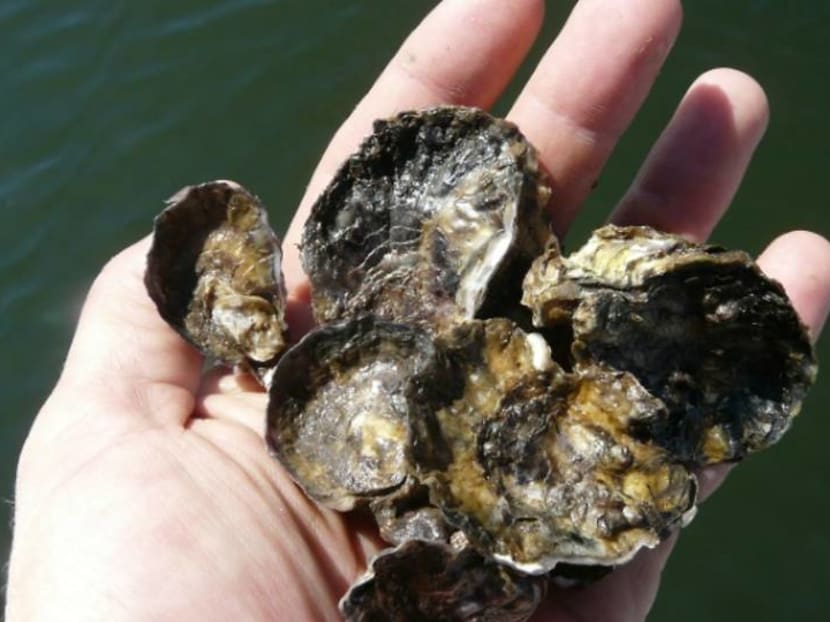
Virtually all of Australia'southward shellfish reefs have disappeared, making them the country'south most threatened ocean ecosystem, scientists say. (Photo: AFP/Ben DIGGLES)
21 Jan 2022 06:00AM (Updated: 30 Apr 2022 05:41PM)
WASHINGTON: Ocean acidification, a modify in the body of water's chemistry, is increasingly posing a threat to body of water health.
While this modify may be invisible, its effects are not. It is creating weather that threaten a range of marine species and ecosystems, and thus the economies of coastal communities. All life on earth would somewhen exist affected as an increasingly warm and acidic bounding main produces less oxygen.
There is therefore an urgent need to build resilience against body of water acidification to protect the marine biodiversity on which we depend on for nutrient, development and recreation.
ACIDIC Body of water
The ocean, which historically had a background pH of viii.2 has grown 25 per cent more than acidic over the last 2 centuries.
The growth of carbon emissions since the Industrial Revolution has been directly tied to this tendency known as ocean acidification. Carbon dioxide emitted into the temper is absorbed by the ocean, increasing its acidity level.
Ocean acidification threatens the economic, social, and cultural health of all nations that depend on healthy fisheries, coral reefs, kelp forests, and coastal tourism. It also poses a risk to ecosystem integrity, food security, trade and commerce, tourism and infrastructure, and other human being needs.
READ: Earth's oceans are heating upwardly at a quickening pace: Study
Ocean acidification is expected to globally cost US$1 trillion per year in financial losses stemming from food web disturbances, bloodshed of commercially valuable species, loss of coastal protection provided by coral reefs, and the disruption of other ecosystem services by the year 2100.
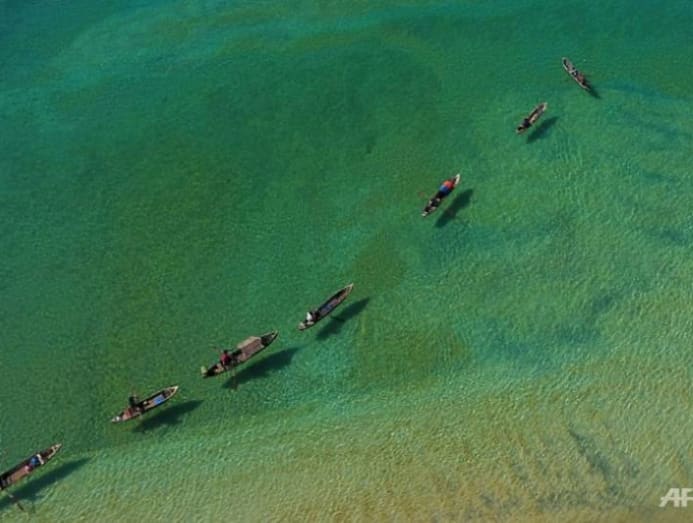
MARINE LIFE DYING EARLY
Nigh sea life evolved within a relatively narrow band of variations in ocean temperature, chemistry and depth. As the ocean becomes more acidic, a number of marine species and processes are affected.
Shellfish, corals, snails and other species that rely on calcium carbonate to build their shells are unable to build these structures and may fifty-fifty begin to dissolve.
The shellfish industry in the U.s.a. Pacific Northwest has had to implement strategies to reduce the significant mortality of juvenile shellfish.
READ: Rise temperatures will make Southeast Asian economies sweat, a commentary
Of greater concern globally, ocean acidification causes deformities and mortality in sea collywobbles (pteropods), the small creatures that course the basis of the whole food spider web in the bounding main. Even a relatively small regional loss of pteropods affects all marine life.
Ocean acidification has also been shown to alter fish behaviour and cause mortality at early life stages in fish.
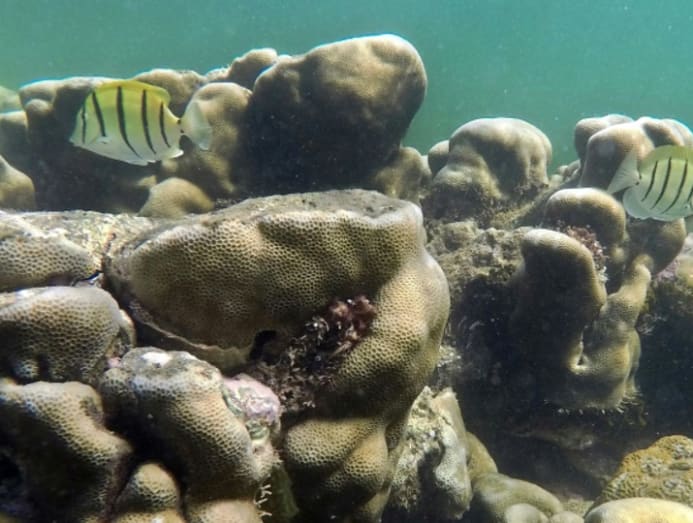
Some reef, and fin fish, such as the pacific salmon, are observed to be unable to differentiate between casualty and predator chemical signals, causing them to swim towards rather than abroad from danger.
Agreement HOW THE Sea IS CHANGING
Allow us exist clear that the furnishings of ocean acidification can only exist truly mitigated by reducing greenhouse gas emissions, reducing polluted runoff from the land, and restoring both global fisheries and the supporting coastal habitats such as mangroves, seagrass meadows, and coastal marshes - all of which is costly even if they provide huge benefits.
READ: Climate change needs better storytelling to address severe threats, a commentary
Only we cannot accept activeness without fully understanding how and where ocean chemistry is changing. Change in body of water chemical science differs geographically, temporally and seasonally. Ocean pH also varies regionally and locally.
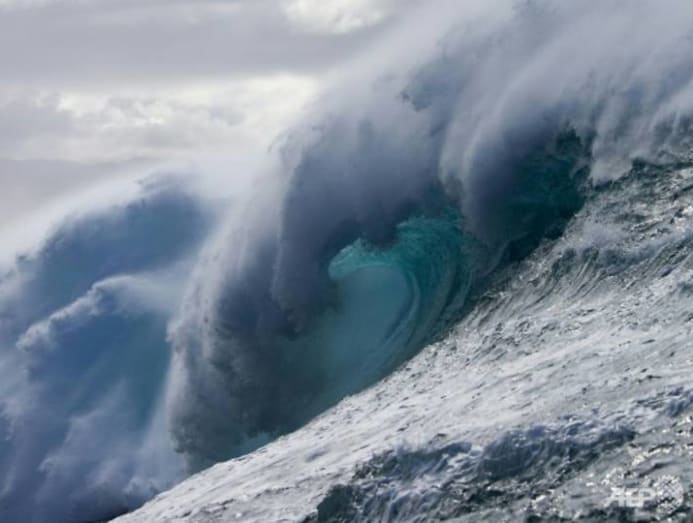
We need to begin with knowing how to monitor, monitoring, and sharing that data in standardised ways to understand regional and global trends. From there, data can be analysed and used to inform a response.
Understanding ocean acidification at a global scale is still relatively new.
A Global Ocean Acidification Observing Network established in 2022 has helped to establish a common set of standards for the global scientific customs'south monitoring and sharing of data, even as it educated and engaged the community in understanding the potential effects of body of water acidification.
It has grown since to a network of over 500 scientists from 83 countries equally of 2018, to support and aggrandize the capacity of scientists and their dwelling house countries to address the challenges presented by ocean acidification.
The Ocean Foundation (TOF), in partnership with the Global Ocean Acidification Observing Network and many others, established the International Ocean Acidification Initiative to further one goal listed in the United nations' Sustainable Development Goals that calls on countries to "conserve and sustainably utilise the oceans, seas and marine resource for sustainable development".
More specifically, the foundation is focusing on a target to minimise and accost the effects of body of water acidification through enhanced scientific and policy response cooperation at all levels.
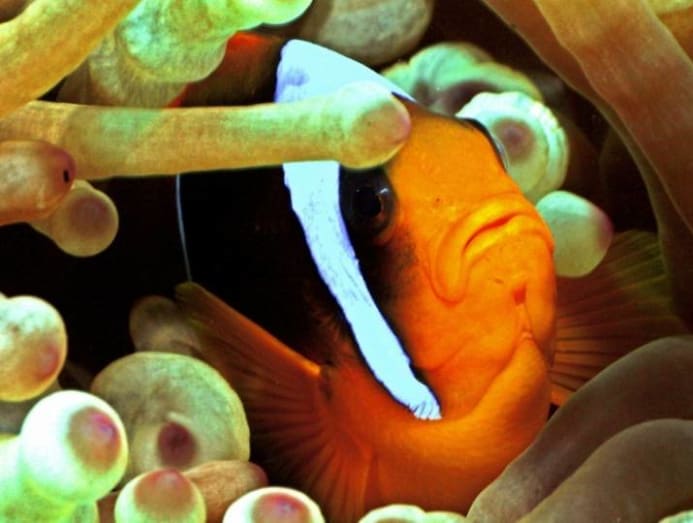
COLLECTING OCEAN Information
Although there is an internationally established methodology and standards, the problem lies in getting countries to collate the necessary information.
TOF, which starting time began facilitating ocean acidification policy development in the Usa, is helping countries in implementing the methodology, and advancing similar initiatives regarding constructive measures to tackle sea acidification around the world.
The foundation has created an assemblage of best practices for legislative approaches past policymakers, who through workshop participation, acquire the potential ecological, social and economic impacts of ocean acidification on their specific countries, explore the policy solutions that take been successfully implemented elsewhere, and develop specific policy actions tailored to the needs of their ain communities.
In Fiji, nosotros have likewise trained entry and mid-career scientists from many Pacific Isle Nations to measure, monitor and understand the furnishings of ocean acidification. They were provided with field and lab kits to do so, and to study their information to the global network.
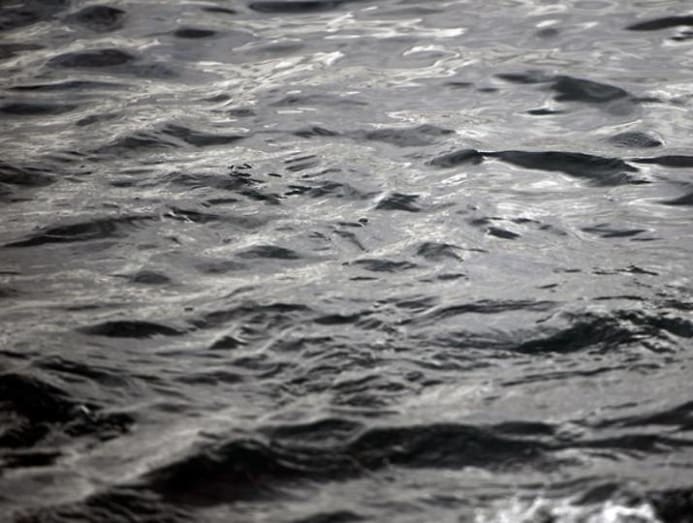
The kit includes a pH sensor, a laptop to get together and upload the data, and the field and lab equipment and chemicals to confirm or verify findings. This training was done in previous years in Africa, and in 2019, will include countries from the Caribbean and Latin America.
Trained Fijian scientists are now able to measure out sea chemistry, and will be researching the furnishings of ocean acidification on ecologically and commercially of import species, using methods that adhere to international standards.
All of this work is even so in its early stages, with many countries just developing the capacity to understand what is happening in national waters as a result of excess carbon emissions.
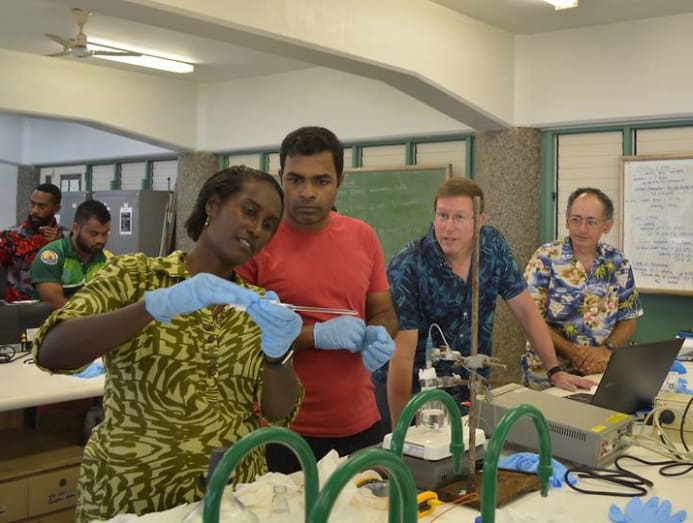
INCREASING REGIONAL CAPACITY
ASEAN countries, representing more than 630 million people, can increase their ain capacity to monitor and respond to ocean acidification to meet Un goals and the needs of shellfish farmers, artisanal fishers and dive tourism operations.
As a pb in to this, a UNESCO training in Phuket, Thailand in 2016, featured expert discussions and applied demonstrations aimed at reviewing and testing a fix of consistent, comparable and toll-effective standard operating procedures that could be used to monitor the ecological impacts of ocean acidification on coral reef ecosystems.
Singapore, equally a maritime nation, too can exist a forcefulness against this threat. In July 2016, Singapore launched its Climate Action Program, recognising climate change'south destructive effects. The Singapore Permanent Mission to the Un besides highlighted that:
Climate change is 1 of the greatest challenges of our time. Its harmful furnishings, such as sea warming, body of water acidification besides equally consequent impacts such as bounding main level rise, cannot exist overstated, especially where modest island developing States such as ours are concerned.
Information technology is our promise that other countries will become office of a Pacific-wide effort to protect their littoral communities and nearshore waters to the extent possible from the effects of changing bounding main chemistry.
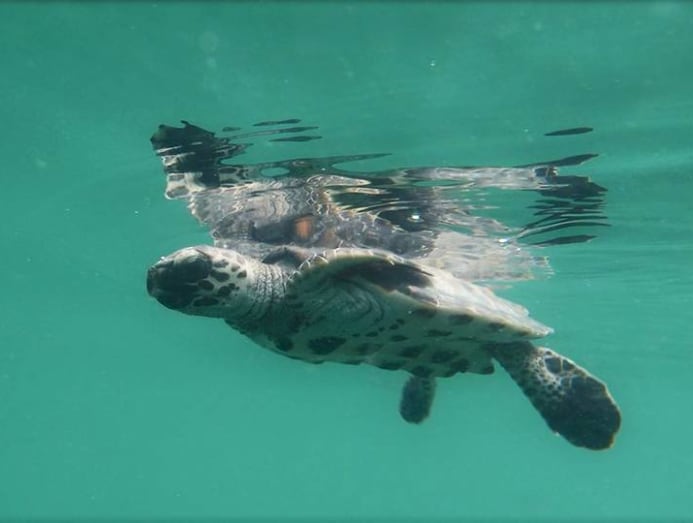
READ: Climate talks pass baton in race to stop global warming
Restoring coastal ecosystems is a necessary strategy for better ocean wellness and can begin fifty-fifty before the nature of chemistry modify in national waters is fully understood.
Mangroves, seagrass meadows and coastal marshes back up healthy fisheries and coral reef system — which in plough support economical activities. This can be a win for the ocean and for all of u.s.a..
Mark J Spalding is President of The Ocean Foundation and member of the Sea Studies Board of the National Academies of Sciences, Engineering, and Medicine. He is serving on the Sargasso Sea Commission. Mark is also a Senior Beau at the Eye for the Blue Economy, at the Middlebury Plant of International Studies.

0 Response to "Commentary: The ocean is changing – it’s getting more acidic"
Post a Comment